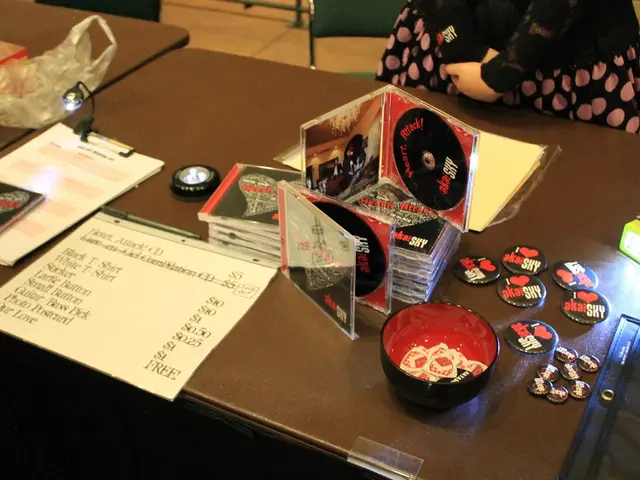Customer Service Predicament: Why Adequacy Is No Longer Sufficient in Meeting Consumer Expectations
In a world where customer satisfaction is paramount, a recent study has shed light on some intriguing trends and challenges facing businesses today.
According to the American Customer Satisfaction Index (ACSI), customer service in the U.S. has seen a decline for three consecutive quarters. This downward trend is concerning, especially considering that corporate profit margins have increased by 3-4% over the past decade, yet customer service hasn't improved in 12 years.
One of the key findings of the study is the generational divide in customer loyalty. The research shows that 52% of Baby Boomers are more forgiving of companies that provide poor service, compared to 37% of Gen-Z customers. This suggests that older generations may be more patient and willing to give companies a second chance, while younger customers are less tolerant and quicker to move on.
The study also reveals that the majority of customers (91%) believe companies should place more emphasis on customer service now than in the past. However, it seems that many companies are prioritizing profits over customer satisfaction, a practice that could potentially lead to falling behind competitors in the long term.
The ACSI warns that this approach of "extracting more from customers while delivering less" is not a sign of a well-functioning economy. The report goes on to highlight that four out of 10 customers would rather clean a toilet than call customer support, and 60% of customers have hung up on customer service agents, while 34% have yelled at them.
Despite the frustration with customer service, there is a silver lining. Customers know what great service looks like and have learned from rock star brands. They haven't given up on customer service; they simply want to experience good service and are impatient for it. The average customer will give a company 2.2 chances before leaving, but the patience and tolerance customers had "yesterday" is gone.
The study also highlights an increasing impatient customer base that expects each interaction to meet or exceed their expectations. This impatience is reflected in the finding that when asked if they would switch brands for better service, 79% of customers said yes.
The research also indicates that companies that recognize the shift towards higher customer expectations and adapt their service strategies accordingly will gain a competitive advantage. Failing to recognize the customer patience crisis puts a company at risk.
In conclusion, the study underscores the importance of prioritizing customer satisfaction in today's business landscape. Companies that focus on delivering exceptional customer service will not only retain customers but also attract new ones, ultimately leading to long-term success.








